Last Updated: 06/05/2025
How to Read Cat and Dog Body Language
Knowing how to read your pets body language will not only lead to a stronger bond between you but it's also paramount for safety. Find out what to look for.
Author: Dr Josepha Cox BBiomedSc (Hons) DVM
Reading Time: 1 minute - quick read
As much as we wish they could, our cats and dogs can't talk but they do in fact tell us a whole lot about how they're feeling using body language and verbal cues.
Understanding how to read your pets body language will not only lead to a stronger bond between you but it's also paramount for safety. Many unwanted, and sometimes even tragic events such as being hurt, bitten or scratched may have been prevented if attention was paid to how the pet was feeling before the event took place. Often pets will give multiple warning signs before reacting to a situation so it's useful for us to be able to interpret those signs and our pets will be grateful for it!
When looking at your pet's body language it's helpful to look at more than one aspect of your pet. For example, rather than just looking at their wagging tail and interpreting this as happy, attention also needs to be paid to their body position and facial expression. Also note these body language tips are only a guide and some pets may not show all of these signs in a given situation.
Dogs

Photo by Matt Nelson on Unsplash
Relaxed
⢠Body is at ease and soft
⢠Often laying down with curved body
⢠Soft, blinky eyes
⢠Relaxed tail or enthusiastic, high wag
⢠Ear position varies; can be forward or close to head
⢠Mouth may be open or panting with no tension in the lips


Very Relaxed
⢠On their backs with their belly exposed
⢠Ears back, ears soft
⢠Tail relaxed or loosely wagging
⢠Mouth may be open and tongue out
⢠Some may sleep in this position

Nervous or Stressed
⢠Size is reduce by crouching, hunching or rolling over
⢠Head position low or head turned away
⢠Tail tucked between legs or low but stiff wag
⢠Ears back or flat to head
⢠Intermittent lip licking or yawning
⢠Eyes slightly narrowed, avoiding eye contact or showing the whites of the eyes
⢠Very tight mouth or heavy panting
⢠Frozen & not wanting to move or very slow/stiff movements
⢠May growl


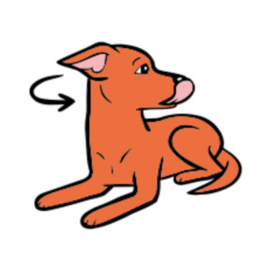
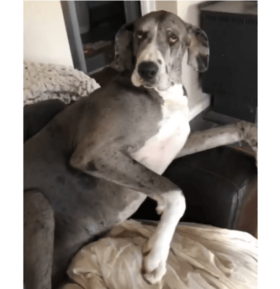


Aggressive or Defensive
⢠Often standing with stiffened, erect posture
⢠Raised hackles (hair along neck and spine)
⢠Ears erect or pulled back
⢠Lips pulled back showing teeth
⢠May be barking or growling
⢠Tail high and stiff, may have a slight wag or between legs
⢠Eyes staring and wide

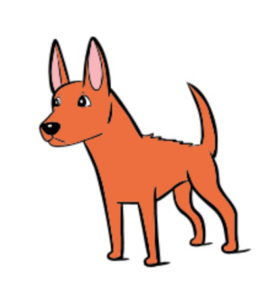


Images adapted from RSPCA Advice and Welfare.
Cats

Relaxed
⢠Body is loose with no tension
⢠May be laying down, stretched out or belly exposed
⢠Ears upright or may pivot if listening to sounds
⢠Tail is low and relaxed
⢠Eyes are neutral, blinking softly or half closed/closed
⢠Whiskers neutral and away from the sides of the face
⢠Mouth closed






Nervous or Anxious
⢠Body size reduced - crouched or low to the ground
⢠Ears slightly pivoted outwards or back and flat to the head
⢠Tail is tight near the body
⢠Head lowered
⢠Eyes wide open, minimal blinking and wide pupils
⢠Whiskers pulled back
⢠May be hiding or seek somewhere to hide

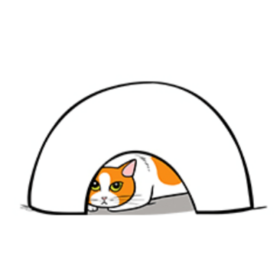

Fearful or Defensive
⢠Standing with the back arched or body crouched
⢠Hair along back and tail raised
⢠Tail is tense, often erect
⢠Pupils dilated
⢠Whiskers pulled back
⢠Maybe hissing or yowling

Angry or Aggressive
⢠Often growling, hissing or spitting
⢠Ears forward or flat against the head
⢠Whiskers stiff and forward
⢠Body tense
⢠Tail stiff, low and flicking/switching or tucked close to body
⢠Claws out


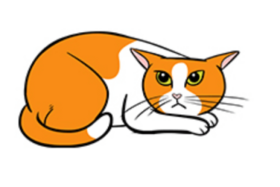
Golden rules to preventing unwanted behaviour or injury
Always supervise children and pets
Ensure pets are undisturbed when they are:
1. Eating or chewing
2. Sleeping
3. Resting on their bed, kennel or cat tower
4. Toileting
5. Unwell or injured
Discourage people, especially children from:
1. Teasing pets
2. Rough play
3. Hurting or handling them inappropriately ie pulling tail, squeezing
4. Handling pets around the neck
5. Straddling or "riding" pets
After reading these guidelines you may have noticed your pet is displaying signs of fear or anxiety. We have a handy article on How to calm an anxious pet which is full of helpful tips and advice. We also stock a large range of calming aids and supplements. Our top recommended products are:
References
https://agriculture.vic.gov.au/__data/assets/pdf_file/0007/562885/WAF_VIC_32ppg_Booklet_WEBAUG2018.pdf
https://agriculture.vic.gov.au/livestock-and-animals/animal-welfare-victoria/dogs/health/understanding-dog-and-cat-body-language
https://www.rspca.org.uk/adviceandwelfare/pets/dogs/behaviour/understanding
https://www.rspcaqld.org.au/blog/pet-care/dog-behaviour
https://www.rspca.org.uk/adviceandwelfare/pets/cats/behaviour/understanding
https://www.purina.co.uk/articles/cats/behaviour/understanding-cats/cat-body-language
Further Reading
Want to know more? Check out our Discover Page for more tips on keeping your pets happy and healthy.